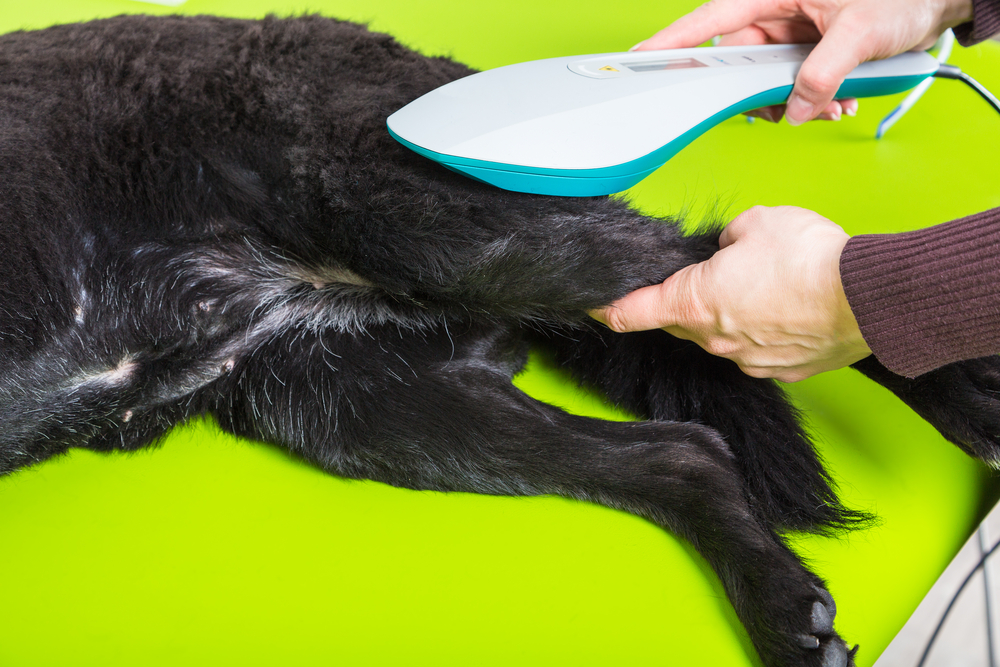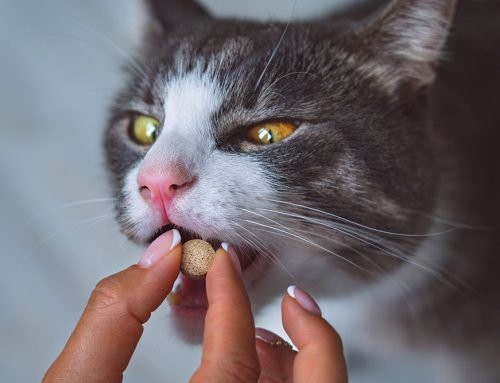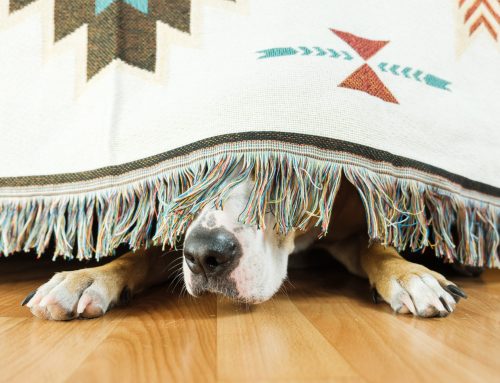Is your older dog less energetic than usual? They may be suffering from osteoarthritis (OA), a painful condition that affects many senior dogs. Our team at Alisos Animal Hospital wants your canine friend to live their best life, so we are explaining how to recognize OA signs. We also are excited to offer Librela, a new OA medication that may benefit your furry pal, and we provide information about this innovative treatment.
What is osteoarthritis in dogs?
OA is a degenerative condition that causes joint cartilage deterioration, joint capsule thickening, and new bone formation around the joint, which leads to inflammation, pain, and decreased mobility. Canine OA most commonly affects the shoulder, hip, elbow, stifle, carpus, and tarsus. Nearly 40% of dogs exhibit OA pain signs, but less than half are diagnosed and treated.
What causes osteoarthritis in dogs?
Any dog can be affected by OA pain, but factors that increase a dog’s OA risk include:
- Age — Wear and tear from long-term use can cause joint degeneration, although young dogs can also be affected by OA.
- Body weight — Excess weight puts more load on weight-bearing joints and increases the dog’s OA risk. In addition, the excess fat cells produce low-grade inflammation that exacerbates OA throughout the body.
- Conformation — A dog’s body, leg size, and joint angles can contribute to joint problems.
- Breed — Certain breeds that are at higher risk for orthopedic developmental disorders, such as hip and elbow dysplasia, cranial cruciate ligament disease, osteochondrosis dissecans, and patellar dislocation, also are at higher OA risk.
- Injury — Bony and soft tissue injuries in and around a joint commonly lead to OA.
What are osteoarthritis signs in dogs?
Humans who experience chronic arthritic pain often complain, but dogs don’t have that luxury. Many owners dismiss OA signs as normal aging changes. While some dogs may limp because of OA pain, most have more subtle signs, such as:
- Decreased interest in interaction and activity
- Sleeping or resting more
- Lagging behind on walks
- Stiffness after resting
- Hesitancy when jumping on or off elevated surfaces
- Difficulty going up or down stairs
- Resting in an awkward position
- Uncharacteristic irritability
- Difficulty getting up or laying down
How is osteoarthritis diagnosed in dogs?
OA is typically diagnosed based on your dog’s history and physical signs. Our team may also take X-rays to assess the joint damage extent and run blood work to evaluate your dog’s overall health, so we can ensure that we prescribe safe medications for your four-legged friend.
What is Librela for dogs?
Librela is the first and only monoclonal antibody therapy for dogs suffering with OA pain. This new biologic is a monthly injection that provides long-term OA pain control.
How does Librela for dogs work?
Librela inhibits canine nerve growth factor (NGF), a key component in canine OA pain. When Librela binds to NGF, OA pain and neurogenic inflammation decrease, and additional NGF and pro-inflammatory mediator release is limited.
Is Librela for dogs safe?
Librela is a monoclonal antibody that is metabolized and eliminated like naturally occurring antibodies, minimally impacting the liver or kidneys. In clinical safety studies, the most common adverse effects, though rare in Librela-treated dogs, were urinary tract infection and dermatitis.
How is Librela for dogs administered?
We administer Librela in our clinic once a month, so you may no longer have to give your dog daily oral medications for OA pain. Results are best when Librela is administered once a month every month, so please schedule your next appointment while you are at the clinic.
How will Librela affect my dog?
Librela reduces OA pain, and therefore your dog should increase activity and enjoy an improved quality of life. We recommend that you gradually increase your dog’s activity over several weeks, so they gain strength and stamina and injury risk is reduced.
What are other osteoarthritis treatments for dogs?

OA treatment is often more effective with a multimodal approach. Other treatments our team may recommend include:
- Pain medications — In some cases, non-steroidal anti-inflammatories (NSAIDs) can help alleviate OA pain.
- Weight control — If your dog is overweight, our team will devise a safe weight loss strategy to alleviate joint strain caused by the excess weight.
- Rehabilitation exercises — We may prescribe rehabilitation exercises to strengthen muscles and improve joint function.
- Laser Therapy: We can provide this Level 4 Laser therapy at Alisos Animal Hospital
- Joint supplements — Our team may recommend joint supplements, such as chondroitin sulfate, glucosamine, and omega-3 fatty acids.
- Home modifications — You can help your arthritic dog with simple home modifications, such as:
- Providing supportive orthopedic bedding
- Placing ramps or stairs near favored resting areas
- Elevating water and food bowls
- Placing skid proof mats on slippery floors for improved traction
- Surgery — In some cases, surgery is indicated to help stabilize the affected joint.
If your dog is exhibiting signs that may indicate OA, or if you would like to learn more about Librela, contact our Alisos Animal Hospital team.








Leave A Comment